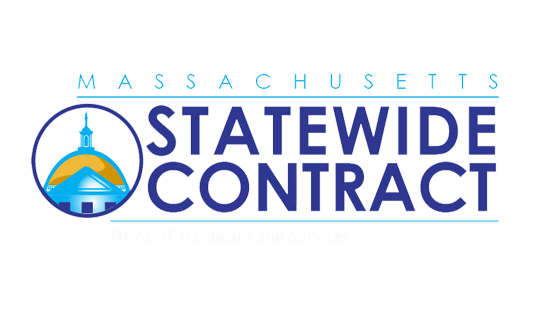BNMC Blog
Tech Terminology: Processor
The word “computer” actually originated in the 1600s, when it was used to describe a person who carries out calculations and the requisite processes. Today, those processes are carried out mechanically. Let’s examine the piece of the computer that allows it to do so, the CPU.
What a CPU Does
The CPU (or central processing unit) is contained in the motherboard of your computer. Its job is to decode the instructions sent by the RAM (Random Access Memory) and forward them to the right piece of the system. No matter what you’re doing with your computer, your CPU is a necessary, even crucial component.
Many people mistakenly take this information and jump to the conclusion that a better CPU means improved performance, which does stand to reason. However, improved performance requires other components to be improved and upgraded as well. A better CPU will make your system, including your applications and other programs, function more quickly.
How It Does It
Despite the improvements made in computing, the fundamental functionality of a CPU has not changed since the component was first developed. There are three correlating jobs that the processor is responsible for: fetch, decode, and execute.
Fetch
The RAM sends the CPU coded instructions, which are bits and pieces of a larger operation the computer is undergoing. These instructions are stored in the Instruction Register.
Decode
After the instruction is safely stored, a specialized circuit called the instruction decoder gets to work. This circuit translates the coded instruction into signals that the other parts of the CPU can put into action.
Execute
Finally, these signals are sent to those other parts of the CPU, and the process is completed. This final instruction is also added to the CPU register’s memory, making it simpler and faster to access the next time.
Selecting A CPU
Switching out your CPU can be a simple way of upgrading your system to improve its performance. As you pick one out, keep in mind that the more cores a CPU has, the better it will be. The first CPUs had one, most today have anywhere from two to four, and the top-of-the-line ones have as many as eighteen (or even more than that).
You should also keep other things in mind as well. Different CPUs can handle different amounts of data at once, as annotated by the terms “32-bit” and “64-bit.” Some processors are also faster than others, as determined by their frequency. This means that some dual-cores can potentially “beat” a quad-core. Plus, you need to keep in mind what your motherboard can support. The best CPU won’t do you any good if it doesn’t work with your computer.
Need Help?
BNMC is here to offer you any assistance you may need with your IT solutions. For more information, reach out to us at (978) 482-2020.




Comments